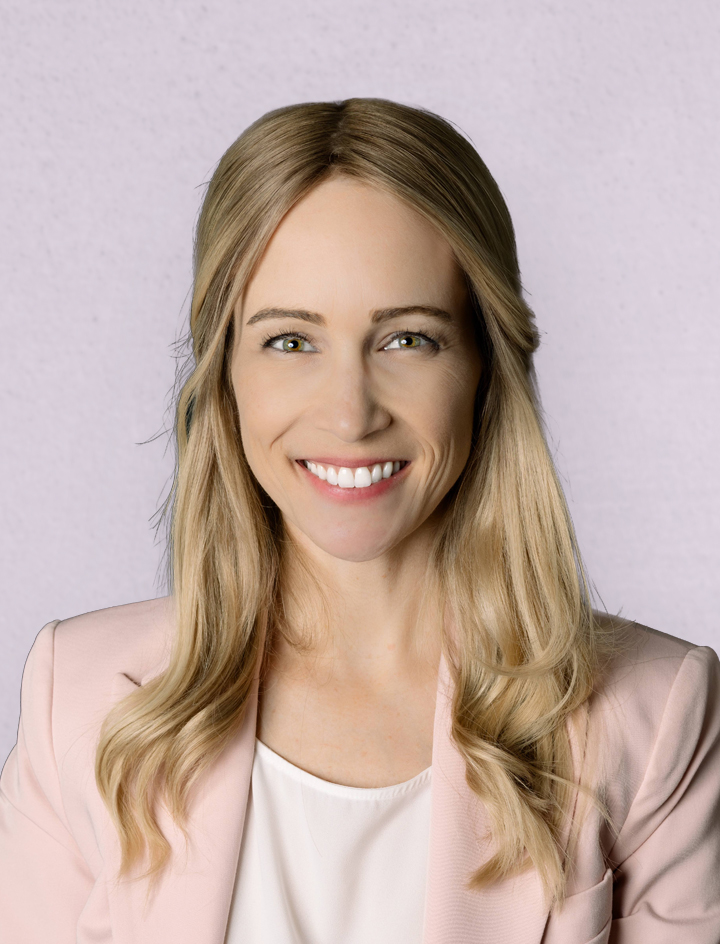
Lauren Gabele
CFP®, ChFC®
Author
Subscribe to Newsletter
Related Posts
2025 Military Summit
Author
Subscribe to Newsletter
Related Posts
INDUSTRY EVENT: Stonewood Financial Innovate Summit
Announcing Horizons 2025 From The American College
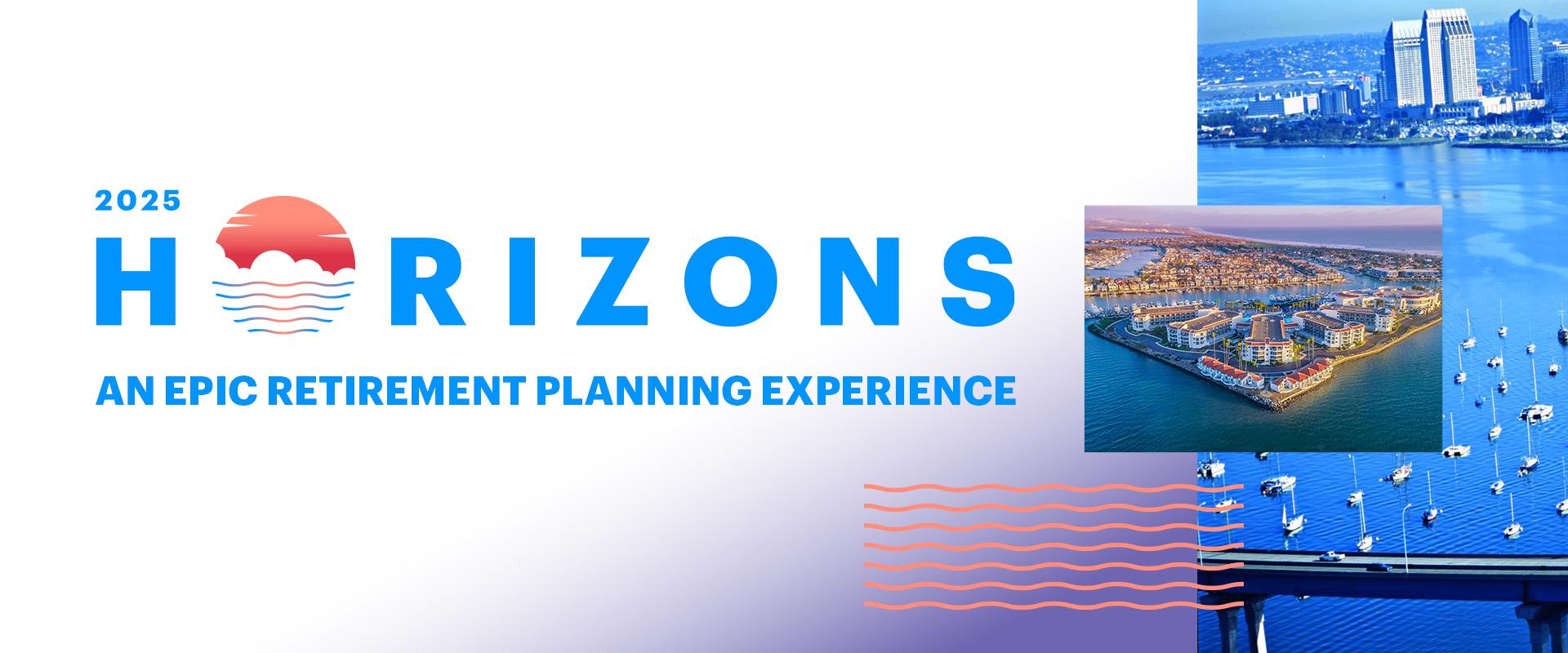
KING OF PRUSSIA, PA – February 3, 2025 – The American College of Financial Services is excited to announce the program for Horizons 2025, an inaugural, one-of-a-kind conference that will bring together the brightest minds in retirement planning to explore innovative strategies, insights, and solutions for today’s dynamic retirement landscape.
Hosted at the Loews Coronado Bay Resort in Coronado, California, Horizons offers an exclusive, immersive experience for retirement planners. Attendees will dive deep into holistic retirement income planning, longevity planning, and legacy planning, engaging in specialized workshops, breakout sessions, and networking opportunities focused on critical topics such as Social Security, Medicare, retirement psychology, income solutions, and housing options.
“We’re proud to create an event that will set the standard for how retirement planners come together to learn, grow, and share knowledge. Horizons is about breaking boundaries, exploring new horizons in retirement planning, and ensuring our profession evolves to meet the needs of retirees in 2025 and beyond,” said George Nichols III, CAP®, president and CEO of The American College of Financial Services. “This event is an exciting step forward in shaping the future of retirement and the profession itself, and we are thrilled to be leading this conversation with some of the most renowned experts in the field.”
This is essential to the future of solutions-first retirement advice, with generational demographics increasing the demand for retirement planning services, and retirees living ever longer lives. The dynamic agenda is available here, and features speakers including:
- Michael Finke, PhD, CFP®, professor of wealth management, Wealth Management Certified Professional® (WMCP®) program director, The American College of Financial Services
- Michael Kitces, MSFS, MTAX, CFP®, CLU®, ChFC®, RHU®, REBC®, CASL®, financial planner, speaker, blogger, and educator
- Jeffrey Levine, CFP®, CPA/PFS, ChFC®, RICP®, CWS, AIF, BFA™, chief planning officer, Buckingham Wealth Partners
- Ed Slott, CPA, founder and CEO, Ed Slott and Company
- Wade Pfau, PhD, CFA, RICP®, founder, RISAProfile.com
- Jamie Hopkins, Esq., LLM, CFP®, ChFC®, CLU®, RICP®, senior vice president, director of private wealth management, Bryn Mawr Trust
- Justin Fitzpatrick, PhD, CFA, CFP®, co-founder and chief innovation officer, Income Lab
- Eric Ludwig, PhD, CFP®, assistant professor of retirement income, Retirement Income Certified Professional® (RICP®) program director, The American College of Financial Services
- Fiona Greig, PhD, global head of investor research and policy, Vanguard
- Steve Parrish, JD, RICP®, CLU®, ChFC®, AEP®, professor of practice, retirement planning, The American College of Financial Services
- Chet Bennetts, CFP®, ChFC®, CLU®, RICP®, CLF®, assistant professor, financial planning, CFP® Certification Education and Chartered Financial Consultant® (ChFC®) program director, The American College of Financial Services
- David Blanchett, PhD, MSFS, CFA, CLU®, ChFC®, CFP®, managing director, portfolio manager, and head of retirement research, PGIM DC Solutions
- Lindsey Lewis, MBA, CFP®, ChFC®, managing director, the American College Center for Women in Financial Services
- Carolyn McClanahan, MD, CFP®, founder, Life Planning Partners, Inc.
- Kate Dore, CFP®, finance reporter, CNBC
- Jon Dorenbos, keynote speaker, professional magician, and former NFL player
- Will Guidara, restaurateur and author
And many more!
“Horizons is much more than a conference — it’s a transformational experience for retirement planners looking to advance their knowledge and stay ahead of the curve,” said Sandon Herzlich, vice president of retirement strategy at The American College of Financial Services.
“This event provides an unparalleled opportunity to connect with colleagues, hear from the foremost experts, and gain critical insights. The power of this event lies in the community it creates, the knowledge it fosters, and the cutting-edge solutions it brings to the forefront.”
Unlike traditional industry events, Horizons offers an agenda free of sales presentations. Instead, attendees will have the opportunity to engage with star speakers and top-tier experts, offering practical knowledge and applicable insights that directly enhance client relationships and business outcomes. Continuing education (CE) credits will also be available for qualifying sessions.
But it’s not all about learning. Horizons is also about fostering connections and offering relaxation. The event features exclusive networking opportunities and themed experiences unique to the San Diego area, ensuring a well-rounded and memorable experience for all attendees.
“We believe Horizons is the event that retirement planners have been waiting for — an immersive, community-driven experience that pushes the boundaries of what’s possible in our profession,” added Nichols.
For more information and to register, visit events.theamericancollege.edu/horizons.
ABOUT THE AMERICAN COLLEGE OF FINANCIAL SERVICES
Founded in 1927, The American College of Financial Services is the nation’s largest nonprofit educational institution devoted to financial services professionals. Holding the highest level of academic accreditation, The College has educated over 200,000 professionals across the United States through certificate, designation, and graduate degree programs. Its portfolio of applied knowledge also includes just-in-time learning and consumer financial education programs. The College’s faculty represents some of the foremost thought leaders in the financial services industry. Visit TheAmericanCollege.edu and connect with us on LinkedIn, Twitter, Instagram, Facebook, and YouTube. Discover all the ways you can expand your opportunities with us.
Contact
Sarah Tremallo
908-967-0381 / Stremallo@jconnelly.com
Jared Trexler
610-526-1268 / jared.trexler@theamericancollege.edu
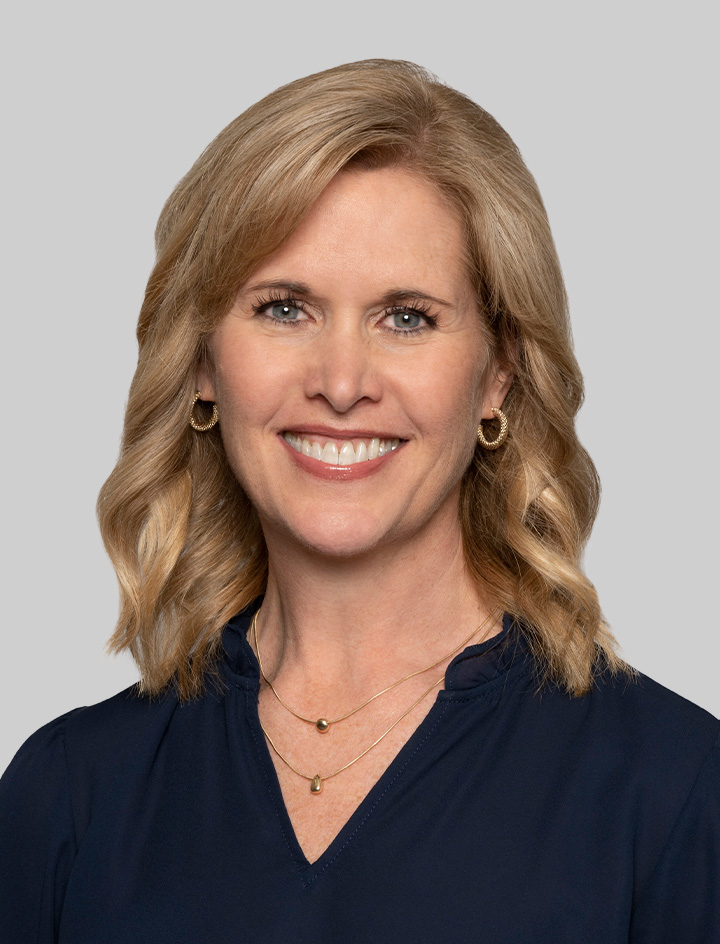
Corey Ziegler
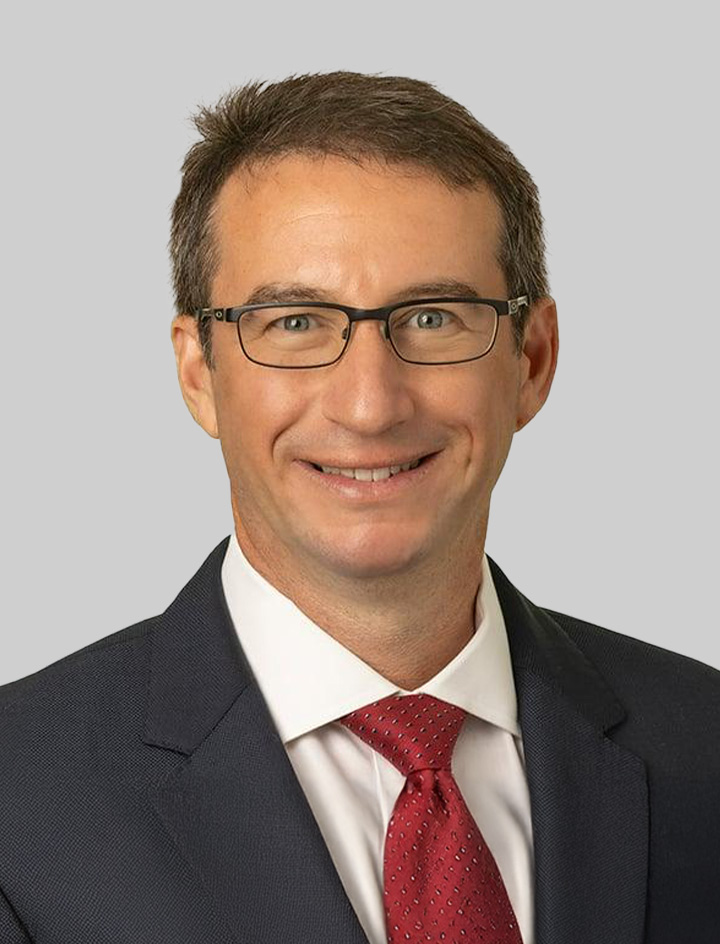
Andrew Grumet
Author
Subscribe to Newsletter
Related Posts
Philanthropic Planning Through Donor-Advised Funds
College News Roundup January 5-19 2025
Kiplinger | Protect Your Retirement Income from Inflation
January 9, 2025
Consulting the knowledge of Professor of Practice Wade Pfau, PhD, CFA, RICP®, this article details the various tactics individuals can employ to protect their retirement income from inflation.
Next Avenue | Retirement Plan B: Tap the House
January 9, 2025
College Adjunct Instructor Don Graves discusses how retirees can relieve some of their financial pressures in this article about Home Equity Conversion Mortgages.
MSN | Will Spending More Boost Your Quality of Life in Retirement? Here’s How Annuities Help That
January 11, 2025
This article considers how purchasing annuities can improve quality of life in retirement, referencing research conducted by Wealth Management Certified Professional® (WMCP®) Program Director Michael Finke, PhD, CFP®.
Forbes | Retirement Planning In Your 70s
January 13 , 2025
Professor of Practice Steve Parrish, JD, RICP®, CLU®, ChFC®, AEP®, covers the nuances of financial planning for later retirement in this article in Forbes.
Kiplinger | How Would Raising the Social Security Retirement Age to 69 Affect You?
January 15, 2025
In this article, Retirement Income Certified Professional® (RICP®) Program Director Eric Ludwig, PhD, CFP®, discusses the possibility of a raised Social Security retirement age and how it would affect Americans.
Ethics In Financial Services Insights
Adaptable Artificial Intelligence

This publication introduces adaptability, defined as the capacity of an artificial intelligence (AI) system’s behavior to maintain helpfulness and harmlessness as societal understandings of these concepts evolve. The authors emphasize that adaptability is a necessary property to secure durable trust in AI systems as AI increasingly permeates private, public, and corporate life.
The paper highlights that this line of research is underemphasized and scattered and introduces adaptability as a concept that unifies the field of trustworthy AI by encompassing a range of yet disparate techniques. These techniques include interpretability, explainability, steerability, and instructibility, emphasizing the need for continuous alignment with societal norms and treating trustworthiness as a dynamic goal.
To address these challenges, the authors propose a publicly governed research program. This program focuses on evaluating adaptability methods based on effectiveness, cost, and system performance. By fostering collaboration and public accountability, it aims to advance trustworthy AI through adaptability. Techniques like model editing and retrieval-augmented generation (RAG) are discussed as promising approaches to improving adaptability, though their current limitations are acknowledged.
The authors critique market-driven AI development, arguing that market pressures have rendered private industry fundamentally incapable of developing AI systems that the public can trust. They underscore the need for public investment and governance to counteract these pressures, ensuring that AI development prioritizes public benefit and remains adaptable to evolving societal values.
More from The College
- Dive deeper into the concept of adaptability and its transformative role in AI governance by reading the full paper.
- Stay informed about our latest AI research and initiatives—follow us on LinkedIn for updates and insights.
Retirement Planning Wealth Management Podcasts
Shares: Secrets of Sound and Smart Investing
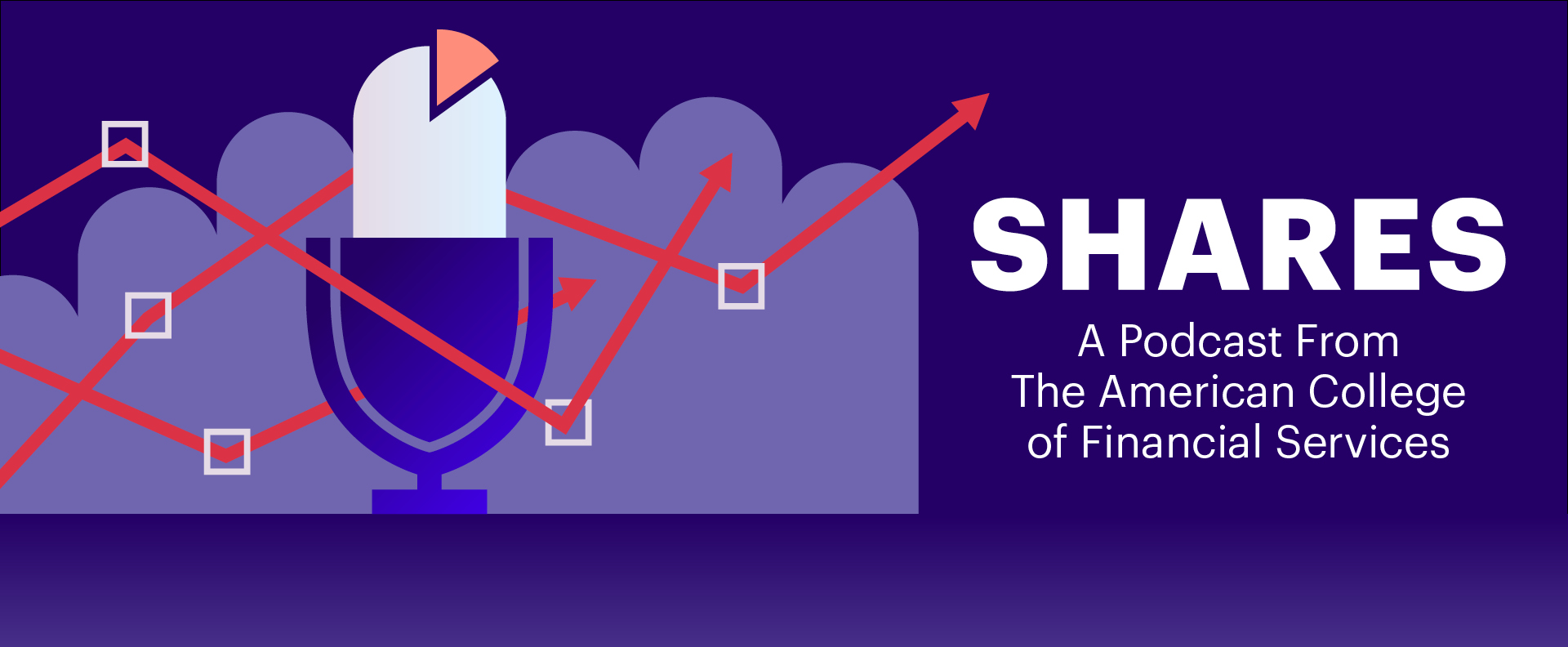
In this episode of our Shares podcast, Retirement Income Certified Professional® (RICP®) Program Director Eric Ludwig, PhD, CFP® speaks with Meb Faber, chief investment officer of Cambria Investment Management and an expert on investment types and uses. They take a historical look at the ups and downs of stock and investment markets, as well as their impacts on tax planning — including perspectives found in The College’s Tax Planning Certified Professional™ (TPCP™) Program.
Meb Faber is the founder and chief investment officer of Cambria Investment Management. He is the manager of Cambria’s exchange-traded funds (ETFs) and separate accounts. Faber hosts The Meb Faber Show podcast and has authored numerous leather-bound books. He is a frequent speaker and writer on investment strategies and has been featured in Barron’s, The New York Times, and The New Yorker. Faber graduated from the University of Virginia with a double major in engineering science and biology.
Any views or opinions expressed in this podcast are the hosts’ and guests' own and do not necessarily represent those of The American College of Financial Services.